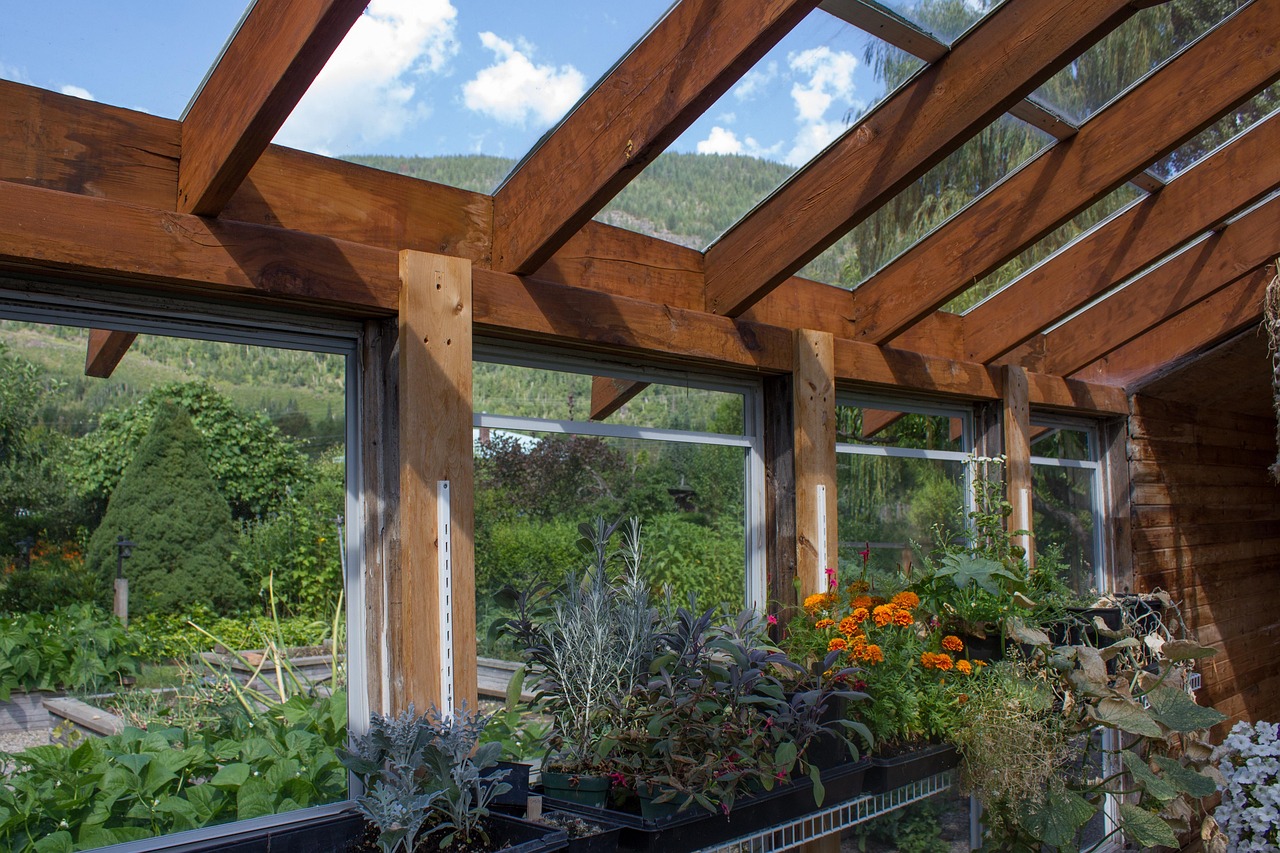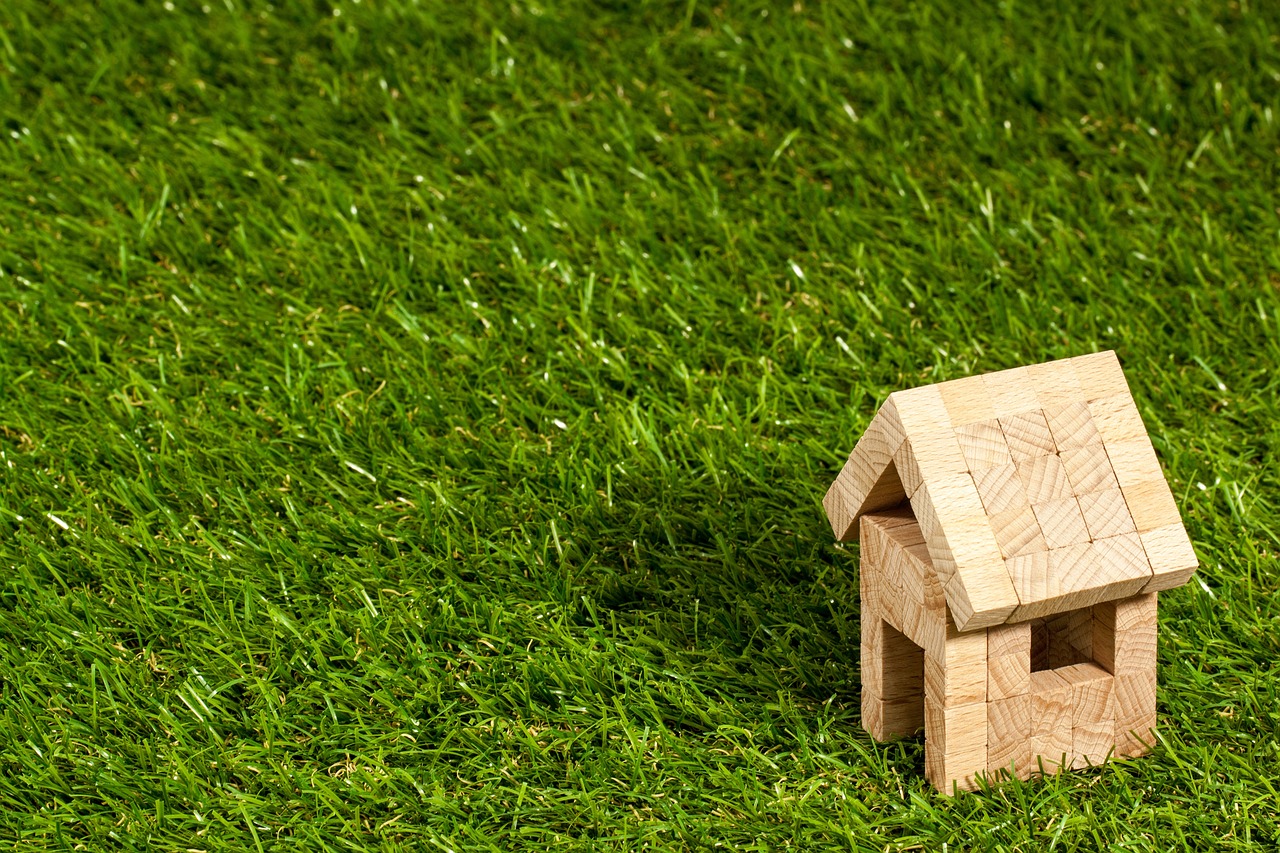One trend I’ve been noticing a lot in recent years is that people want increasingly more “Instagrammable” gardens – and honestly, there’s nothing wrong with that. But remember, as we mentioned in a previous post, we need to seek balance in everything!
One of my recent jobs was just like that. The client messaged me saying the garden was almost how he wanted it, but something was missing ….. though he didn’t know what.
So I went, of course, to check out the garden, and it really was very beautiful. He immediately showed me the best photo spots.
There was a lot of artificial stuff (fake plants) and even an outdoor wallpaper with a 3D wooden bench. Visually impressive, especially for photos, but there wasn’t much that was real!
This kind of setup has become more common than you might think over the past three to five years, and here’s a good moment to recall something I mentioned to this very client: 70% of our strongest memories are tied to smell, sound or texture.
That type of garden was very focused on sight , which is an important and memory-rich sense too ! but the others were barely present.
So I suggested a few small tweaks, which, I admit, are pretty much the same ones I tend to recommend for most of these gardens I work on.
You need to add senses to your garden!
SOUNDS
(Spotify can come in later)
Try this: go to your garden, close your eyes and think… what do you hear? Cars, honking, engines, barking, meowing, people talking…? If that’s the case, we need to bring in a better sound! 🙂
We’ve talked before about how to reduce noise pollution, but there are some plants that can “sing”, like Bamboos (choose the right species carefully) and ornamental grasses.
They help bounce back outside noise and make a lovely calming rustle in the wind.
How about the sound of water? Here, your budget is the boss – there are fountains from £500, or you can go DIY with a small basin, stones and a water pump to solve it all.
Even if you live in a flat, you can still add sound around you. Wind chimes or a mini water fountain already bring lovely background sounds.
SMELLS
Now that we’ve covered sound, open your eyes and take a deep breath. What smell reaches your nose first?
Is it the stew your neighbour’s cooking? Something unpleasant? Or just nothing?
Why not bring some scent into your garden with Lavender, Jasmine or Rosemary?
Just be careful not to overdo it – it’s not great to mix too many smells, and it’s wise to avoid things like Fritillaria imperialis or Bradford Pears, for example, as they don’t exactly smell amazing.
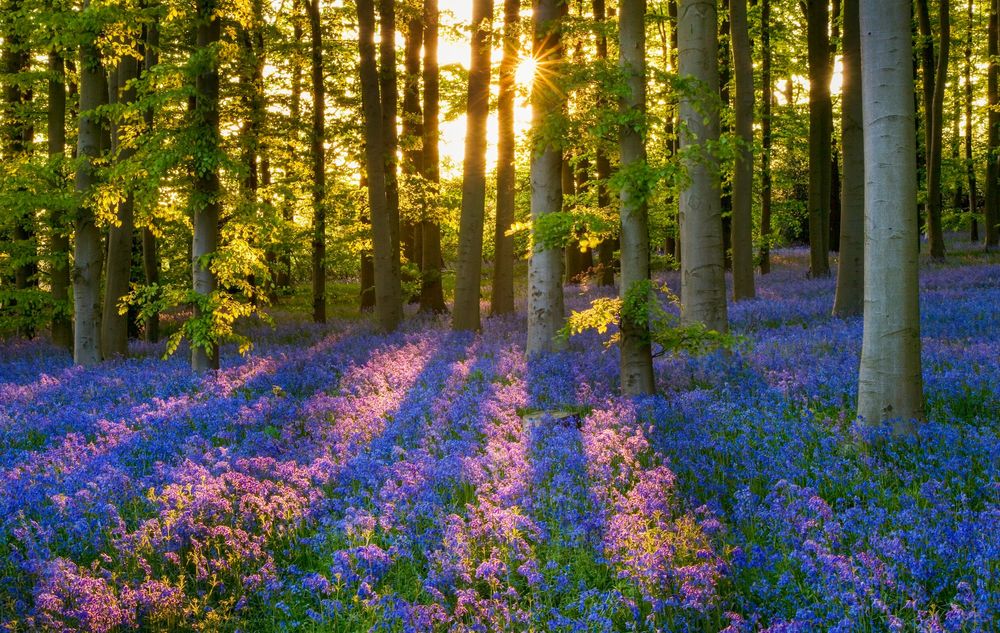


A good tip: if you have a path or a seating area in the garden, plant scented herbs near those spots. Imagine getting home and walking from the street to your door while catching all those beautiful plant aromas? Pretty nice, right?
DIY scent map: Sketch your garden and mark where the smells peak (morning, evening). You’ll thank me when your evening G&T comes with free aromatherapy.
TOUCH – Textures
Add texture to your garden – you want to feel these plants with all your senses. You’ve added sound, smells, and now, let’s go for touch!
You can use Lamb’s Ear, Moss or even Silver Sage. Add rough stones to the paths, soft grasses and perhaps some gravel.
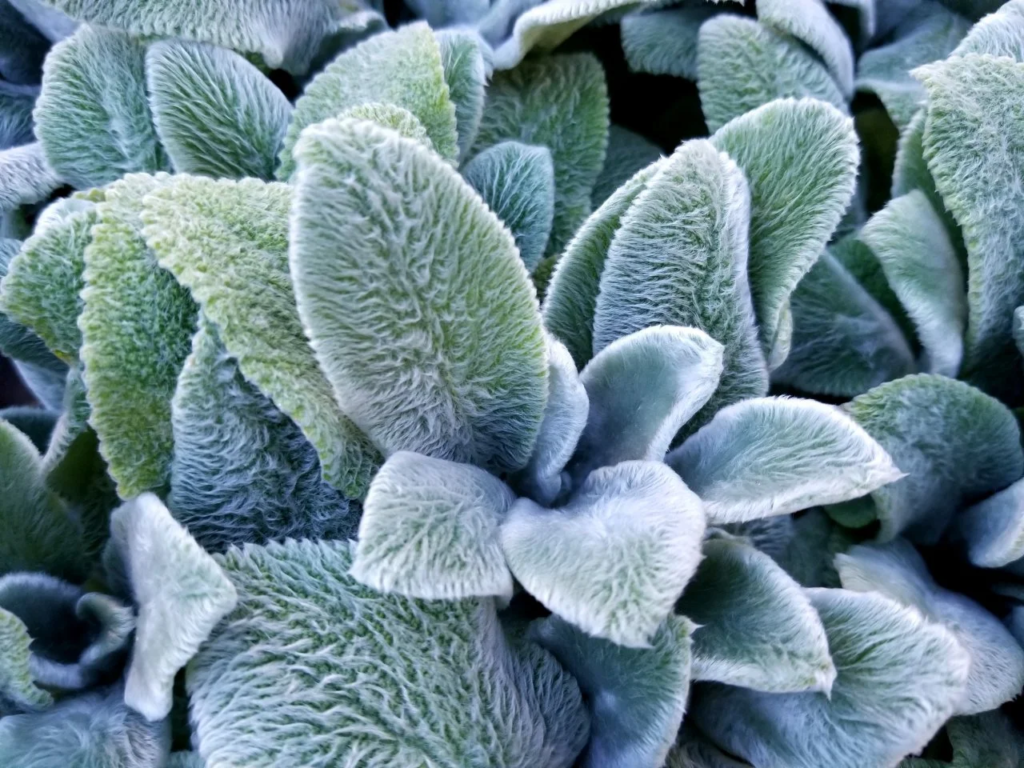
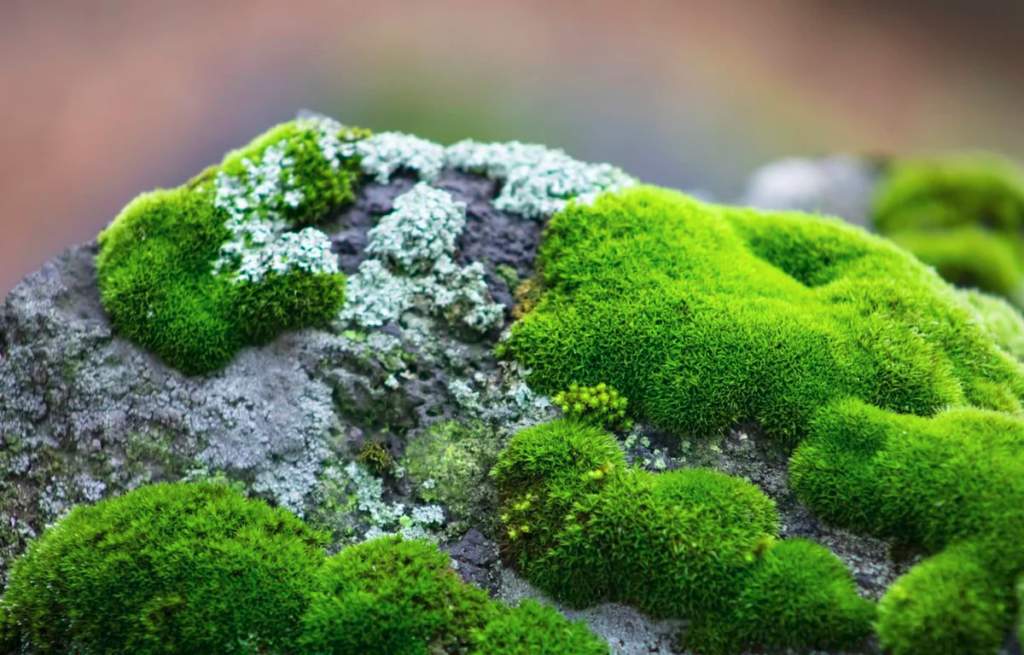

Add fuzzy plants near seating areas too!
Fun fact: Some care homes use sensory gardens for people with dementia – especially textured plants. If it’s good for them, it’ll definitely help with your stress too!
TASTE
Don’t forget you can and should grow things to eat – there’s nothing more liberating than harvesting from your own garden.
Purple basil has an amazing flavour, dwarf apple trees if you’ve got space – and if you don’t, you can set up a little corner (this works great near a reading spot) with cherry tomatoes, strawberries, snap peas… plant what you love to eat, right within arm’s reach!
Fresh herbs straight from your garden even taste different. So much more flavourful.
SIGHT
Now’s the moment to go Instagrammable. Adding lights is brilliant too. We’ve talked about this – lighting looks best when it bounces rather than shining directly into the space.
Forget hospital lighting ….use warm lights bouncing off leaves, trees, seats and walls.
There are some plants that “glow” too, like Nicotiana, Artemisia and Hakonechloa, and whenever possible, go for solar-powered lighting.

That’s it….. just be careful not to overdo any one sense. Mixing all the senses in a small space isn’t always ideal either. Use your common sense.
If you want something practical, dedicate each area of your garden to one or two senses – three at most. Avoid strong contrasts too, like pairing intense smells with strong lights… remember… balance.
If you’ve got kids around, enjoy these sensory spaces with them. Setting up a tent near scented plants is such a fun idea.
You can also bring in Mimosa pudica – those leaves curl up when touched. Kids love it. Grown-ups too!
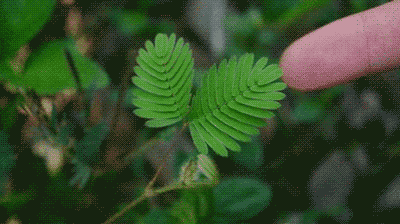
Once everything’s ready, try that little exercise again. Go into your garden. Listen, smell, touch, taste and see.
And take a moment to answer these questions:
- Do birds take naps in your garden?
- Can you meditate there without earplugs?
- Do you now smell your plants … or is it still just your neighbour’s stew?
Check out our Season Calendar! I’ll keep updating it, and feel free to send me stuff to put there!
In general, it’s a calendar organized by season, followed by the months within each season, along with what’s good to plant and what tends to bloom well during that time.


